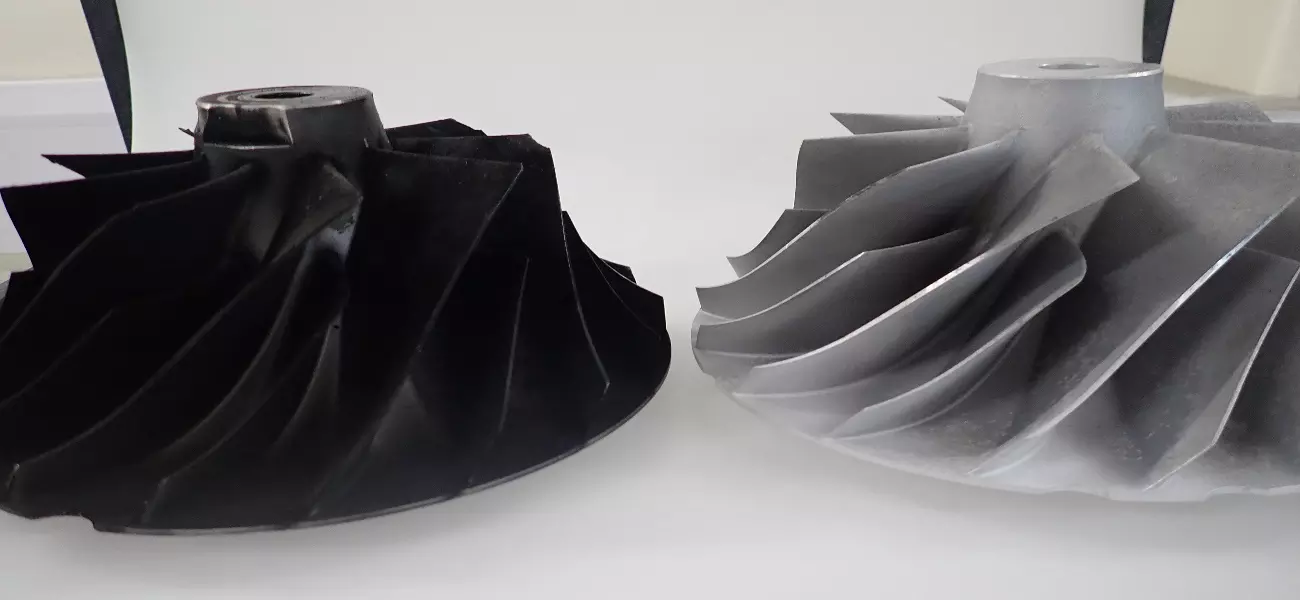Cleaning Car Parts - Case Studies
Ultrasonic cleaning offers thorough and precise cleaning for car parts using high-frequency sound waves. It effectively removes contaminants without causing damage. The process is fast, saving time in automotive maintenance. It is environmentally friendly, using water-based solutions instead of harsh chemicals. Ultrasonic cleaning improves performance by restoring components' functionality, optimising fuel efficiency, and reducing emissions. It can also be cost-effective by preventing premature wear and failure, saving money on repairs. However, compatibility and following manufacturer guidelines are crucial for optimal results.
Customers Criteria: Remove all carbon deposits and brighten up the aluminium
Component: Automotive Parts (Car Cylinder Head)
Material: Aluminium
Contamination prior to cleaning: Carbon staining, corrosion
Total number off: 1
Number off per run: 1
| Ultrasonic Cleaner | Cleaning Agent | Temperature(s) | Concentration |
|---|---|---|---|
| Kemet MI80 Ultrasonic Cleaner | Roadastel 30 | 60°C | 10% |
| Kemet MI80 Ultrasonic Cleaner | De-ionised water | 30°C | 100% |
Process for Cleaning Car Cylinder Head:
This part was processed standing up In the MI unit with a cycle time of 20 minutes. After this cycle the part was dunked in the deionised water tank several times to neutralise the Rodastel 30. Some heavy stains are still present but should be easily removed with a longer cycle time.
% Satisfactorily Cleaned: 90%.
Etched effect: None
Before cleaning car parts
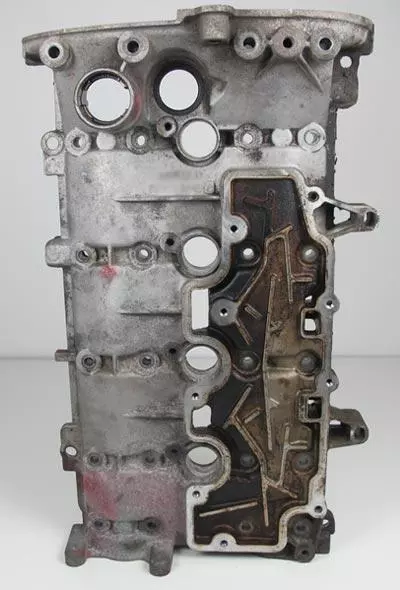
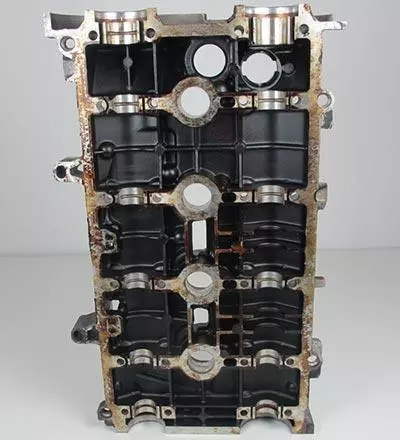
After cleaning car parts
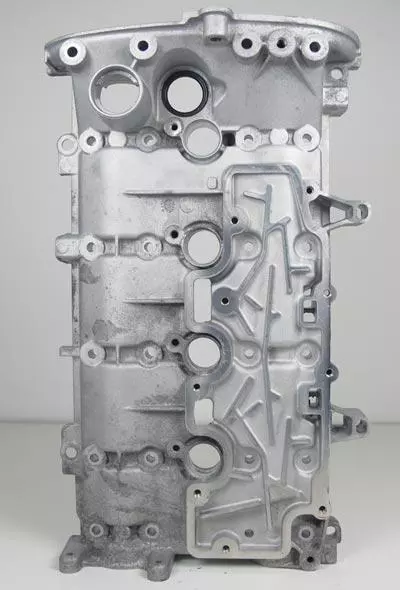
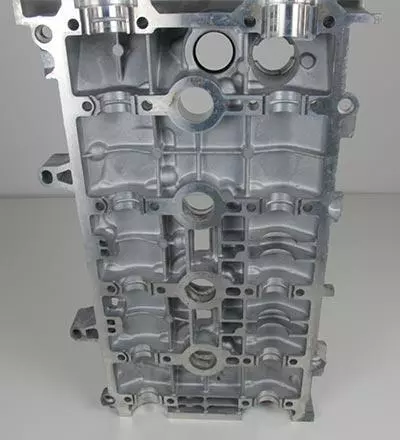
Aluminium Automotive Component Cleaned
Customers Criteria: Free from all contamination
Component: Engine Chain Casing
Material: Aluminium
Contamination prior to cleaning: Carbon staining, corrosion
| Machines used for cleaning | Cleaning Agent | Temperature(s) | Concentration |
|---|---|---|---|
| Versa 120 30Khz Ultrasonic with basket dunking | Decospray HT 13 | 80°C | 3% |
| Versa 120 Rinse with air bubble agitation | Tap water | 30°C | 100% |
| Versa 120 30Khz Ultrasonic with basket dunking | Rodastel 30 | 35°C | 3-5% |
| Versa 120 Dryer | N/A | 70°C | N/A |
Process for Cleaning Automotive Components (Car Engine Chain Casing)
Stage 1 – Ultrasonic wash: Decospray HT 13 is a strong alkaline cleaner with very high degreasing power suitable for aluminium. A 3% concentration was added to a tank of clean water and allowed to reach the required temperature whilst degassing. The part was suspended in the basket using a 6mm rod. The part had a total treatment time of 10 minutes in the Decospray HT13, the basket dunking feature was used for the length of the treatment.
Stage 2 – Rise: The parts were rinsed using the air bubble agitation feature for 2 minutes.
Stage 3 – Ultrasonic wash: Rodastel 30 was used due to its hydrophilic properties. Rodastel 30 cleanses and conditions creating a hydrophilic surface. Cleaning occurs because water on the surface is able to spread out to a great degree (extremely low water contact angle) to get between any fouling debris and the surface to wash away the debris. The part had a total cleaning time of 5 minutes in the Rodastel 30 with the basket dunking feature on.
Stage 4 – Hot air dry: The part was dried in the hot air dryer set to 70°C for 5 minutes. Results: More mechanical action is required to remove the lapping residue from the cavities. A pre wash using a spray cleaner should be considered.
Before cleaning automotive component

After cleaning automotive component

Impellers Cleaned
Customers Criteria: Free from all contamination
Component: Remanufactured Impellers
Material: 2618-T61 Aluminium
Contamination prior to cleaning: Burnt Oil residue, Burnt Carbon, Rust/ oxide mineral deposits
| Ultrasonic Cleaner | Cleaning Agent | Temperature(s) | Concentration |
|---|---|---|---|
| Versa genius + 120,30Khz ultrasonic wash tank | Type I | 60°C | 3-10% |
| Versa genius + 120 rinse tank | Tap water | Ambient 22°C | 100% |
| Versa genius + 120 hot air dryer | N/A | 60°C | N/A |
Process for Cleaning Impeller (Aluminium Generator Component)
Due to the main contaminant being burnt on carbon deposits and oxidised mineral deposits, the most effective solution was the acidic Type I solution. The Type I cleans the aluminium Impellers very well, 10 minutes in the ultrasonic followed by a 2-minute rinse and lastly 5 minutes in the hot air dryer. Note: All stages were allowed to reach the required temperature and degas before cleaning.
Before & After Cleaning Impellers
